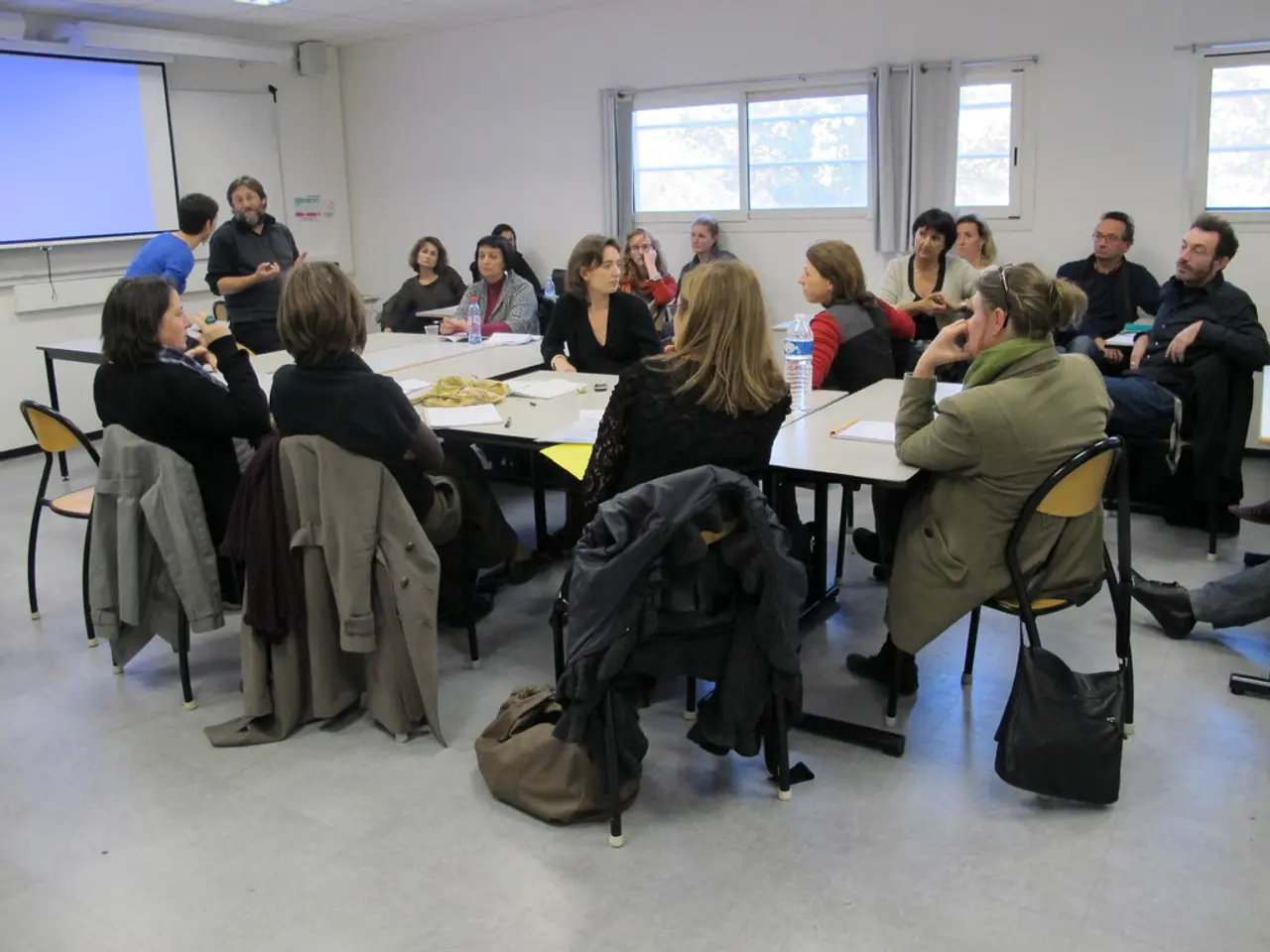Revealed: The Hidden Aspects - Understanding Hostile Behavior and Strategies to Diffuse It
Hostile behavior is a broad spectrum of actions, words, or attitudes that can manifest aggression, anger, or hostility towards others. This behavior can be directed at individuals, groups, or institutions, and it's essential to understand its various forms and consequences.
Discrimination, rooted in bias or prejudice, is a form of hostile behavior that specifically targets specific groups or individuals based on characteristics such as race, gender, religion, sexual orientation, or other attributes.
Verbal aggression, involving the use of hostile language to attack others, is another common form of hostile behavior. This can range from verbal insults and threats to more subtle forms of passive-aggressive behavior, which involve indirect expressions of hostility.
Physical aggression, escalating hostility to a physical level, is the most severe form, involving actions such as hitting, pushing, or any form of bodily harm directed towards others.
Widespread hostile behavior can foster an atmosphere of fear and unease, undermining social cohesion and leading to heightened tensions and reduced social harmony. It's important to note that not all hostile behavior is intentional; some individuals may not be aware of the impact of their actions.
Stress and frustration can serve as potent triggers for hostile behavior. External factors such as a challenging upbringing, exposure to violence, or peer pressure can contribute to the cultivation of hostile behavior. Lack of communication skills can hinder the expression of emotions and needs, leading to hostile behavior.
Unmet needs can fuel hostile responses as individuals seek to redress perceived imbalances in their lives. Hostile behavior can lead to damaged relationships, eroding trust, sowing mistrust and suspicion, and causing fear of further hostility.
The background of hostile behavior in humans includes multiple factors such as depression, cognitive decline (like dementia), physical deterioration, and psychological changes affecting impulse control, anxiety, emotional instability, and mistrust. These elements lead to irritability, confusion, fear, and defensive aggression.
It's important to approach cases of hostile behavior with understanding, as certain mental health conditions can contribute to hostile behavior. Seek professional help when needed.
Dealing with hostile behavior demands a strategic approach, including staying calm, setting boundaries, seeking support, engaging in conflict resolution, reporting and documenting instances, and prioritizing self-care. Promoting empathy, conflict resolution skills, and emotional intelligence can help prevent hostile behavior. Early intervention and education are key components of prevention efforts.
Understanding the various forms, underlying causes, and ripple effects of hostile behavior is crucial in navigating this issue effectively. Bullying, a purposeful and repetitive sequence of hostile actions designed to instill fear, threaten, or inflict harm upon others, is a significant concern that requires attention and action.
Hostile behavior can have far-reaching implications for both individuals and society, necessitating unwavering patience and dedicated effort to champion healthier interactions and cultivate a community characterized by harmony.
Read also:
- Peptide YY (PYY): Exploring its Role in Appetite Suppression, Intestinal Health, and Cognitive Links
- Toddler Health: Rotavirus Signs, Origins, and Potential Complications
- Digestive issues and heart discomfort: Root causes and associated health conditions
- House Infernos: Deadly Hazards Surpassing the Flames








